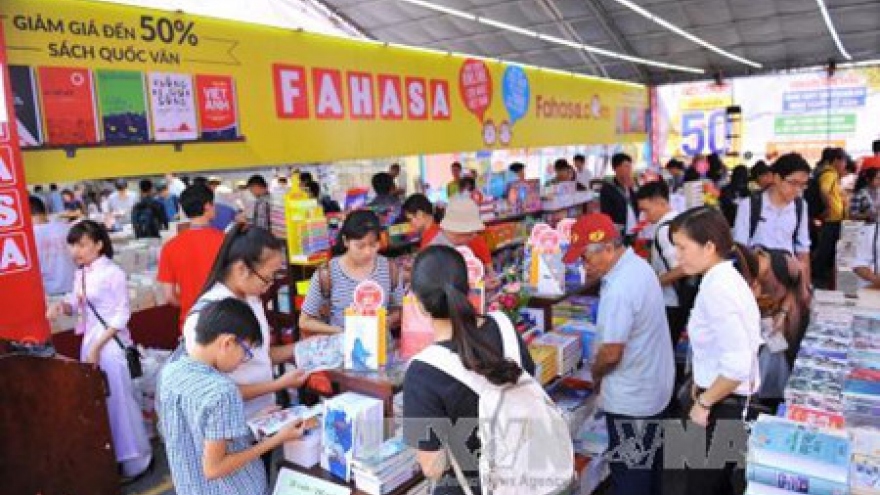AEC boons yet to show
Though the ASEAN Economic Community is expected to significantly benefit Vietnamese exports via import tariff slashes, domestic enterprises are finding it difficult to boost exports for various reasons.
 |
Minh told VIR that he has been trying to expand exports in regional markets, such as Thailand, Singapore, Cambodia, and Indonesia. “However, it is difficult. Though the ASEAN Economic Community (AEC) offers tax cuts, these nations have their own technical barriers to protect their local production bases.”
Since January, Minh’s firm has only been exporting fruit products to Myanmar and the Philippines, with the turnover rising 15 per cent year-on-year. These two nations are importing 22 per cent of his firm’s export volume from the over 15 markets in Asia.
Nguyen Ton Quyen, chairman of Timber and Forest Product Association of Vietnam, also claimed local wood product exporters find it challenging to enter the ASEAN markets. Despite AEC tax cuts, firms cannot increase exports to these markets due to their low demand for Vietnamese products.
Deputy Minister of Planning and Investment Nguyen Chi Dung said that even though the AEC has been effective for ten months, local enterprises still encounter difficulties when trying to expand exports and have yet to reap the benefits of the community.
Over the past ten months since the establishment of the AEC, Vietnam suffered from a trade deficit of over $4.9 billion towards other ASEAN nations, higher than the $4.2 billion in the same period last year.
In the first ten months of this year, Vietnam’s intra-ASEAN export turnover hit $14.2 billion, down 7.6 per cent on-year, when the figure reached over $15.4 billion (down 3.1 per cent against 2014).
According to the General Statistics Office, since early this year, in addition to technical barriers erected in ASEAN markets, the price of many key Vietnamese items in these markets have also been reduced by low demand. This brought down the export turnover of many items, such as mobile phones and spare parts (5 per cent), transportation equipment (27.2 per cent), vegetable and fruits (17.9 per cent), and steel (27.7 per cent).
“Local products are often less competitive than those from regional markets in terms of prices and samples, and even quality. This is why local firms are finding it difficult to boost exports to these markets,” Dung said.
According to the Ministry of Planning and Investment, since early this year, Vietnam has enjoyed on-year export growth in only three ASEAN markets, Myanmar (up 21.1 per cent), the Philippines (up 13.8 per cent), and Thailand (up 11.6 per cent). Meanwhile, Vietnam’s ten-month export turnover reduced in other regional markets, such as Indonesia, Malaysia, Singapore, Laos, Cambodia, and Brunei.
Nguyen Vu Loc, CEO of locally-owned farm produce exporter WestFood, said that while firms from other ASEAN nations are supported by their governments in expanding export markets, it is not the case in Vietnam.
For example, if Thai firms export fruit products to the EU, they enjoy a preferential import tariff of 0 per cent, as agreed by both sides. Meanwhile, the rate on the same products can reach up to 17 per cent for Vietnam.


